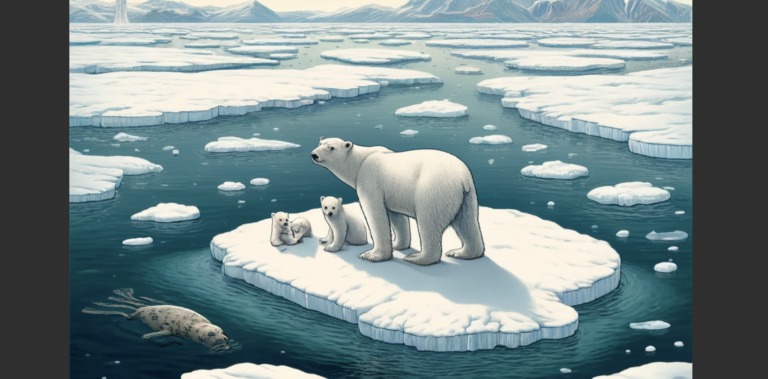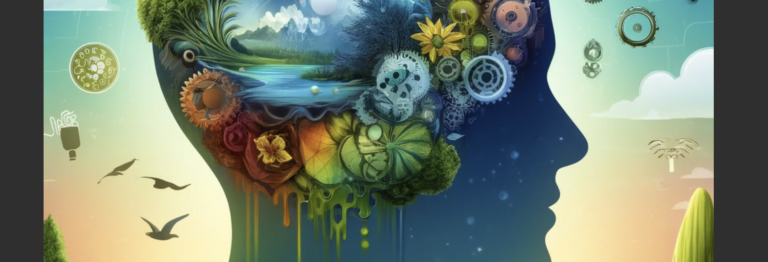Monstrous Transformations: The Lore of Werewolves Across Cultures
Werewolves, also known as lycanthropes, have been a staple in folklore and mythology across various cultures for centuries. These mythical creatures are often depicted as humans who possess the ability to transform into wolves or wolf-like creatures under the light of a full moon. The lore of werewolves has captivated people’s imaginations and sparked fear and fascination in equal measure. Let’s explore the origins and variations of werewolf mythology across different cultures.
The Origins of Werewolf Mythology
The concept of werewolves dates back to ancient times, with stories of shape-shifting humans appearing in Greek, Roman, and Norse mythology. In Greek mythology, the legend of Lycaon, a king who was transformed into a wolf as punishment for his cruelty, is one of the earliest known tales of a werewolf. The idea of humans turning into wolves has also been prevalent in Slavic, Native American, and African folklore.
Werewolves in European Folklore
One of the most well-known depictions of werewolves comes from European folklore, particularly in countries like France, Germany, and England. In these tales, werewolves are often portrayed as cursed individuals who transform into wolves and terrorize villages. The belief in werewolves was so strong in Europe during the Middle Ages that people were often accused of being werewolves and subjected to trials and executions.
- One famous case is that of Peter Stumpp, a German farmer who was executed in the 16th century after being accused of being a werewolf.
- In France, the Beast of Gevaudan, a creature believed to be a werewolf, terrorized the countryside in the 18th century, killing numerous people before it was eventually hunted down.
Werewolves in Pop Culture
Werewolves have also made their mark in modern pop culture, appearing in literature, film, and television. From classic novels like “Dracula” by Bram Stoker to contemporary series like “Teen Wolf,” werewolves continue to capture the imagination of audiences around the world. The portrayal of werewolves in popular media has evolved over time, with some depictions focusing on the tragic nature of their transformations while others emphasize their primal and savage instincts.
Conclusion
Werewolves have long been a source of fascination and fear in cultures around the world. The lore of these mythical creatures continues to evolve and adapt to the times, reflecting society’s changing attitudes towards the unknown and the monstrous. Whether seen as symbols of primal instincts or tragic figures cursed by fate, werewolves remain a powerful and enduring part of our collective imagination.




























+ There are no comments
Add yours